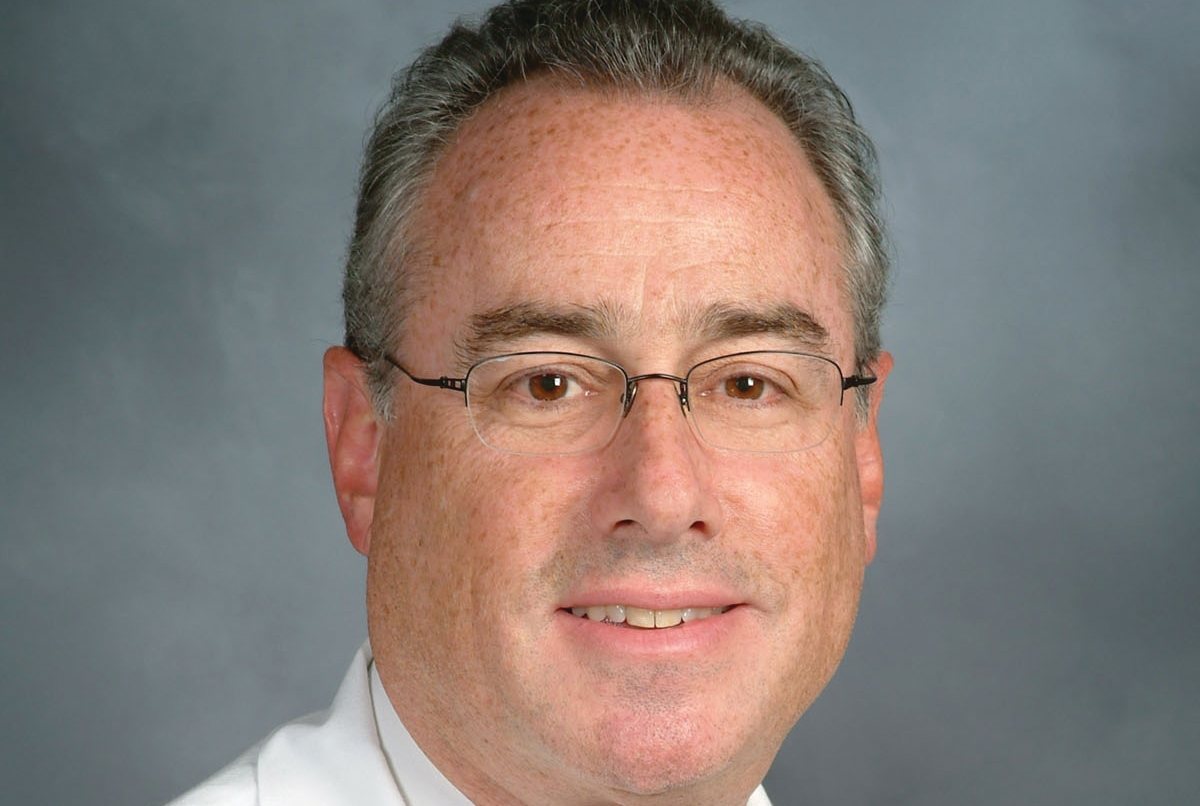

1993)ĭa Vinci Fellow University of Arizona (2015)ĪCABI Fellow University of Arizona (2017) PMID 19515841.University of Göttingen (B.S. "Getting along with a little help from my friends".

"Fungal Pathogenesis: Principles and Clinical Applications". cerevisiae lead to filamentous growth: Regulation by starvation and RAS". "Development and Control of Medicines and Medical Devices". Proceedings of the National Academy of Sciences. : Cite journal requires |journal= ( help) "Biosecurity and Dual-Use Research in the Life Sciences". ^ a b Security, National Research Council (US) Committee on a New Government-University Partnership for Science and (2007).^ a b "Gerald Fink awarded the Genetic Society of America's Thomas Hunt Morgan Medal".^ Gerald Fink wins faculty Killian award.^ Gerald Fink awarded 2010 Gruber Genetics Prize.^ Orr-Weaver, Terry Jones, Elizabeth W.^ Professor Jens Nielsen is awarded the Emil Christian Hansen Gold Medal.įink is the husband of Rosalie Fink, an educator and author of books on learning disabilities. In 2020 he was awarded the Thomas Hunt Morgan Medal by the Genetics Society of America. Beadle Award (2001), and the Gruber Prize in Genetics (2010). įink has won the National Academy of Sciences Award in Molecular Biology (1981), the Genetics Society of America Medal, (1982), the Emil Christian Hansen Award for Microbiology (1986), the George W. This report recommended practices that could improve the capacity to prevent the destructive application of biotechnology research while still enabling legitimate research to be conducted. In 2003 Fink chaired a National Research Council Committee that resulted in a highly influential report, Biotechnology Research in an Age of Terrorism: Confronting the Dual Use Dilemma ( ). This switch is important for many disease-causing fungi of both plants and animals. In 1992 Fink and his students discovered that bakers’ yeast could switch from a cellular form to a filamentous form.

This transformation procedure is not only essential for basic research, but is used to produce vaccines and other medically important products in yeast. In 1977, Fink and his students Albert Hinnen and Jim Hicks, discovered a method to transform yeast cells, a procedure that allows scientists to introduce genetic material (DNA) from another organism into living yeast cells so that the expression and hereditability of the introduced DNA can be studied. Many of these students as well as his university students went on to have successful careers in molecular biology. įink taught a course in the Molecular Biology of Yeast at Cold Spring Harbor Laboratory for 16 years. Fink was elected to the United States National Academy of Sciences in 1981, to the Institute of Medicine in 1996, and to the American Philosophical Society in 2003. In 1982 he became a founding member of the Whitehead Institute and Professor of Genetics at MIT. After postdoctoral study at the National Institutes of Health with Bruce Ames on the regulation of the histidine operon of Salmonella, in 1967 he joined Cornell University where he became a Professor of Genetics and pursued the study of the HIS4 region of yeast.

from Yale University in 1965, having elucidated the histidine pathway in budding yeast, Saccharomyces cerevisiae. He graduated from Amherst College in 1962 and received a Ph.D. Gerald Ralph Fink (born July 1, 1940) is an American biologist, who was Director of the Whitehead Institute at MIT from 1990–2001. Genetics Society of America Thomas Hunt Morgan Medal (2020) Ĭornell University, Yale University, Whitehead Institute, and Massachusetts Institute of Technology MIT Killian Faculty Achievement Award (2019) Genetics Society of America Medal (1982) Įmil Christian Hansen Foundation Award for Microbiology, Denmark (1986)


 0 kommentar(er)
0 kommentar(er)
